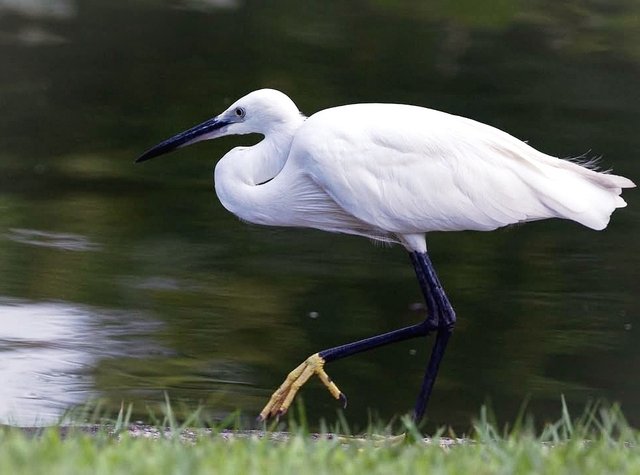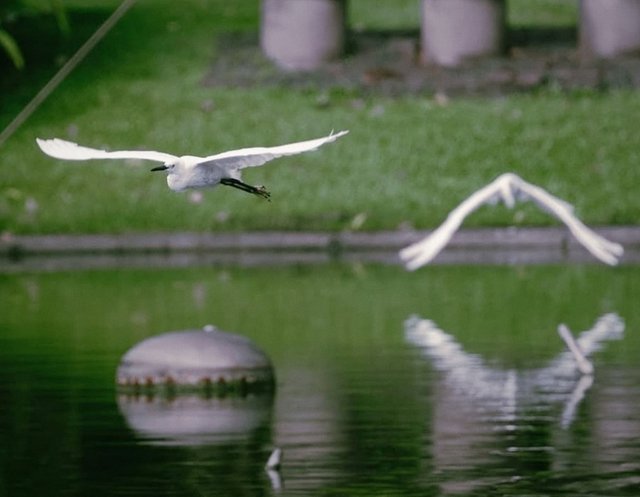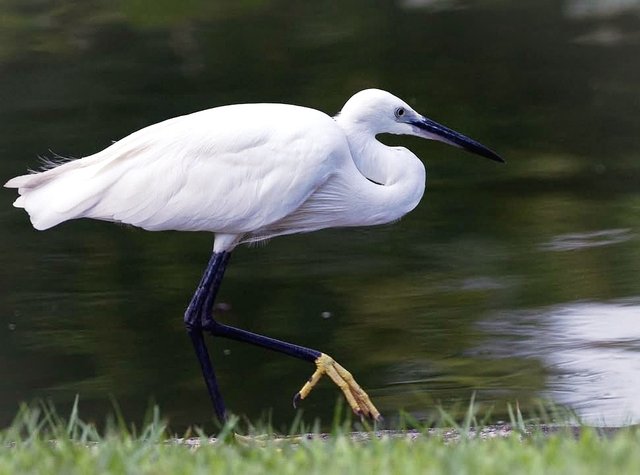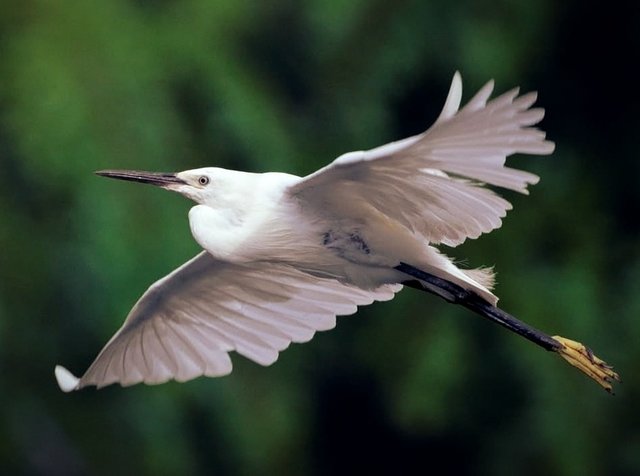Wonderful Little Egret Bird
Little Egret: A Graceful Wader of Wetlands
The Little Egret is a small but strikingly elegant heron species that inhabits wetlands, estuaries, and shallow coastal areas across much of Europe, Asia, Africa, and parts of Australia. Recognized for its snow-white plumage and delicate, graceful movements, this bird has long fascinated birdwatchers and naturalists alike. Its presence is often a sign of a healthy aquatic ecosystem, making it an important species both ecologically and culturally.
Physical Characteristics
The Little Egret is a medium-sized heron, measuring about 55–65 cm in length with a wingspan of 88–106 cm. Its plumage is entirely white, giving it a pure, almost ethereal appearance against the backdrop of wetlands or green reed beds. During the breeding season, adults develop ornate plumes on their heads, necks, and backs—delicate feathers that sway beautifully in the breeze. These plumes, once highly sought after for hat decorations in the 19th and early 20th centuries, nearly drove the species to local extinction in parts of Europe before conservation measures were implemented.
The egret’s long, slender black bill is perfectly adapted for catching fish, while its black legs and contrasting bright yellow feet make it easily identifiable. These vivid feet are often used as a clever hunting tool—the bird stirs up the water or mud with its toes to flush out prey.
Habitat and Distribution
Little Egrets thrive in a range of aquatic environments including tidal flats, riverbanks, lagoons, marshes, rice paddies, and even urban wetlands. They are widely distributed, breeding across Europe, Africa, southern Asia, and parts of Australia. In recent decades, the species has expanded its range northward in Europe, with populations now well-established in the British Isles and northern France—an encouraging sign of adaptation and recovery.
Feeding Behavior
These birds are skilled hunters, employing various techniques to catch small fish, amphibians, crustaceans, and insects. They often forage alone or in small groups, moving stealthily through shallow waters before quickly striking at their prey. Sometimes, they are seen using their feet to stir up sediment, a behavior known as “foot stirring,” which helps flush hidden prey into view. Their agility and patience make them efficient predators in diverse wetland habitats.
Thanks For Reading
Device Information
| Device | Redmi Note 10 Pro |
|---|---|
| Lens | 64 mp |
| Location | Bangladesh |




